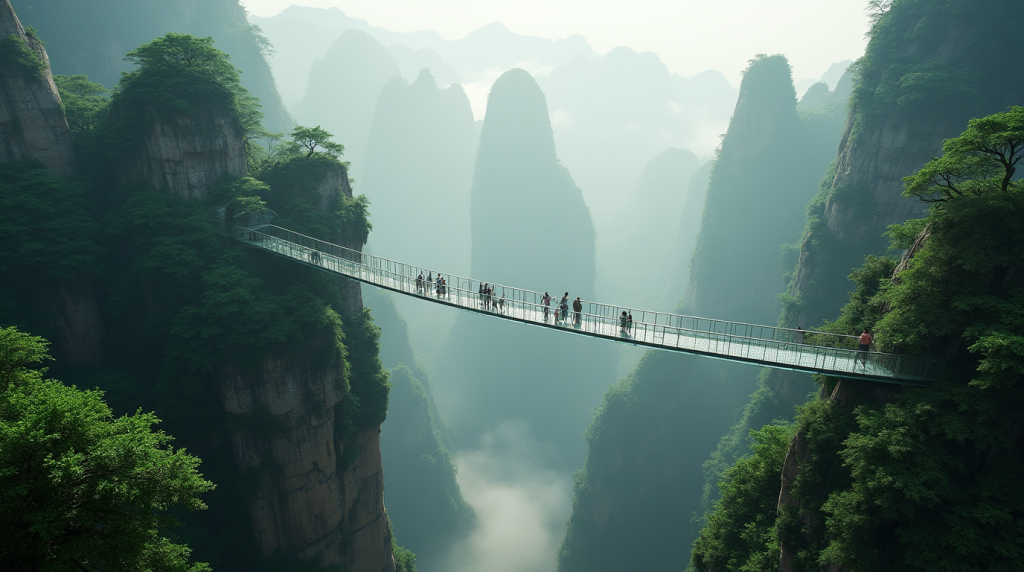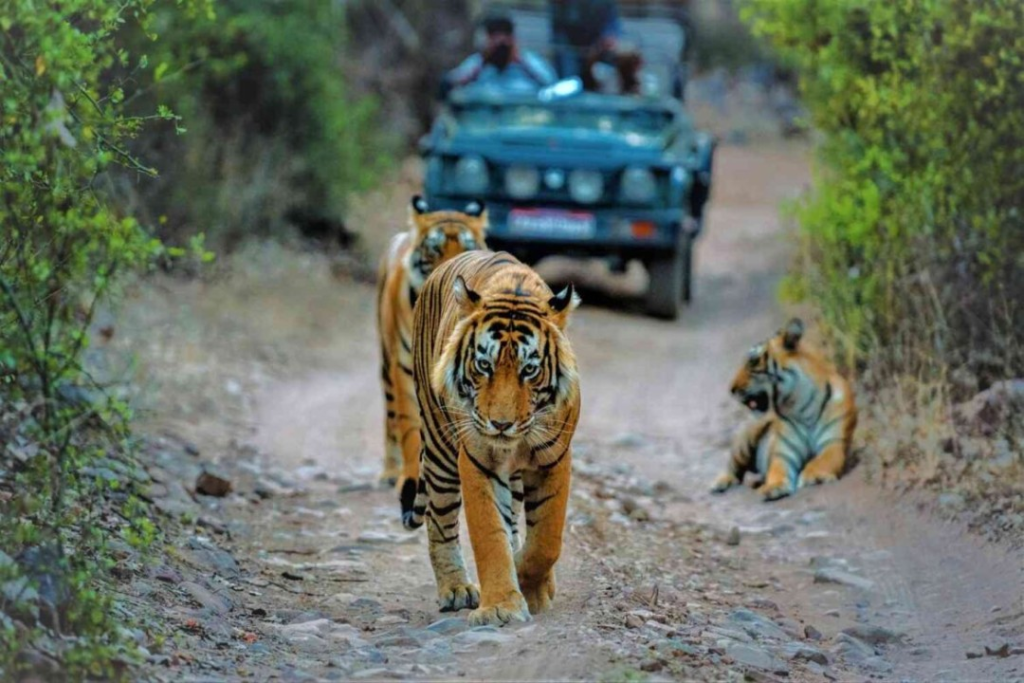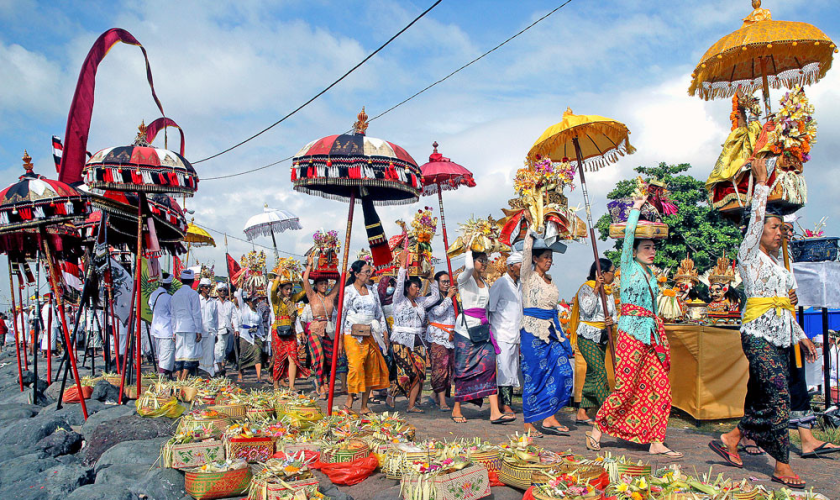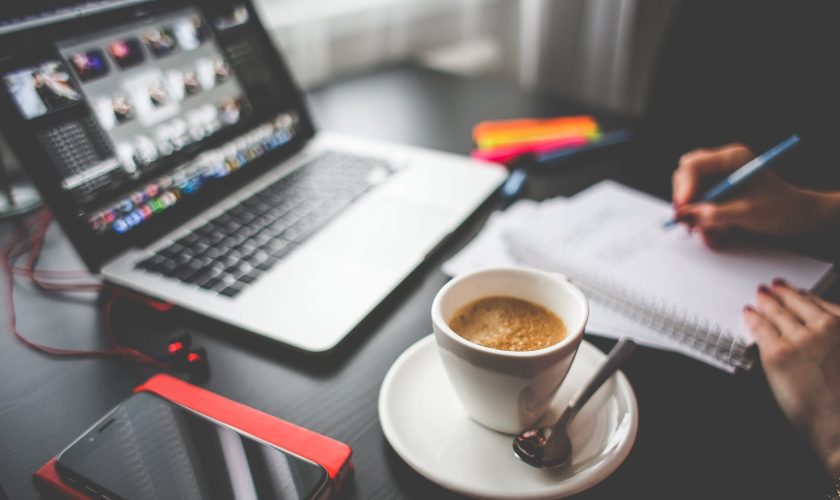Southeast Asia is a treasure trove of stunning islands, crystal-clear waters, and vibrant marine life. Whether you’re an adventure junkie, a beach bum, or someone seeking cultural experiences, island hopping in this region promises an unforgettable journey. Let’s dive into this tropical paradise guide and explore why Southeast Asia is a haven for island hoppers.

Why Island Hopping in Southeast Asia?
Southeast Asia boasts thousands of islands, each offering something unique. From limestone cliffs and hidden lagoons to bustling beach parties and serene sanctuaries, there’s no shortage of adventure.
- Diverse Landscapes: From volcanic islands to coral atolls, every stop is like entering a new world.
- Budget-Friendly: Affordable accommodations, food, and transport make it accessible for travelers.
- Rich Culture: Experience a mix of traditions, cuisines, and warm hospitality.
Top Island-Hopping Destinations in Southeast Asia
1. Philippines: Palawan and Cebu
The Philippines is home to some of the world’s most breathtaking islands.
- El Nido and Coron (Palawan): Famous for their lagoons, secret beaches, and stunning karst landscapes.
- Must-Do: Kayak through Big Lagoon, snorkel in Twin Lagoon, and relax on Seven Commandos Beach.
- Cebu and Surrounding Islands: Known for whale shark encounters and pristine beaches.
- Must-Do: Island-hop to Malapascua, Bantayan, and Moalboal.

2. Thailand: Krabi and Phuket
Thailand offers a mix of serene getaways and lively party hubs.
- Krabi: Known for its limestone cliffs and emerald waters.
- Must-Do: Explore the Phi Phi Islands, Railay Beach, and Hong Island.
- Phuket: A gateway to the Andaman Sea’s treasures.
- Must-Do: Visit James Bond Island, Similan Islands, and Racha Islands.

3. Indonesia: Bali and Komodo
Indonesia’s islands are as diverse as its culture.
- Bali: A mix of lush landscapes, spiritual vibes, and vibrant nightlife.
- Must-Do: Hop over to Nusa Penida, Nusa Lembongan, and Nusa Ceningan.
- Komodo National Park: Famous for its Komodo dragons and coral reefs.
- Must-Do: Snorkel at Pink Beach, trek to Padar Island’s viewpoint, and dive in Manta Point.

4. Malaysia: Langkawi and Perhentian Islands
Malaysia is a lesser-known gem for island hoppers.
- Langkawi: A UNESCO Global Geopark with lush rainforests and sandy beaches.
- Must-Do: Ride the Langkawi Sky Bridge and visit Dayang Bunting Island.
- Perhentian Islands: Perfect for snorkeling and diving.
- Must-Do: Explore Coral Bay and Turtle Beach.

5. Vietnam: Ha Long Bay and Cat Ba Island
Vietnam offers a unique island-hopping experience with dramatic landscapes.
- Ha Long Bay: A UNESCO World Heritage Site with limestone karsts and emerald waters.
- Must-Do: Take a cruise, kayak through caves, and visit floating fishing villages.
- Cat Ba Island: A less touristy gateway to Ha Long Bay.
- Must-Do: Trek through Cat Ba National Park and relax on its beaches.

6. Cambodia: Koh Rong and Koh Rong Samloem
Cambodia’s islands are less commercialized, offering a tranquil escape.
- Koh Rong: Known for its lively nightlife and powdery white sand.
- Must-Do: Swim in the bioluminescent waters and zipline through the jungle.
- Koh Rong Samloem: A quieter alternative with serene beaches.
- Must-Do: Snorkel at Lazy Beach and hike to the lighthouse.

Best Time for Island Hopping
Timing is crucial to enjoy the best weather and avoid crowds.
- Dry Season: Generally from November to April, with sunny days and calm seas.
- Shoulder Season: May and October offer fewer crowds but some rain.
- Monsoon Season: June to September brings heavy rains and rough seas in some areas.
What to Pack for Island Hopping
To make the most of your adventure, pack light but smart.
- Essentials: Sunscreen, swimsuits, hats, and lightweight clothing.
- Gear: Snorkeling mask, waterproof bag, and a sturdy pair of sandals.
- Tech: Power bank, camera, and universal adapter.
- Health: First aid kit, motion sickness tablets, and bug repellent.
Tips for a Seamless Trip
- Plan Ahead: Research ferry schedules and tour packages.
- Respect Nature: Avoid littering and participate in eco-friendly tours.
- Stay Safe: Wear life jackets during boat rides and stay hydrated.
- Embrace Local Culture: Learn a few basic phrases and try local delicacies.
Final Thoughts
Island hopping in Southeast Asia is a dream come true for adventure seekers and nature lovers. Each island offers its own slice of paradise, whether it’s the towering cliffs of Palawan, the serene beaches of Koh Rong, or the vibrant reefs of Komodo.
The region’s natural beauty, combined with its rich culture and friendly locals, makes it a must-visit destination. So grab your backpack, put on your sunglasses, and get ready to explore the tropical wonders of Southeast Asia. Your unforgettable island-hopping adventure awaits!














































































